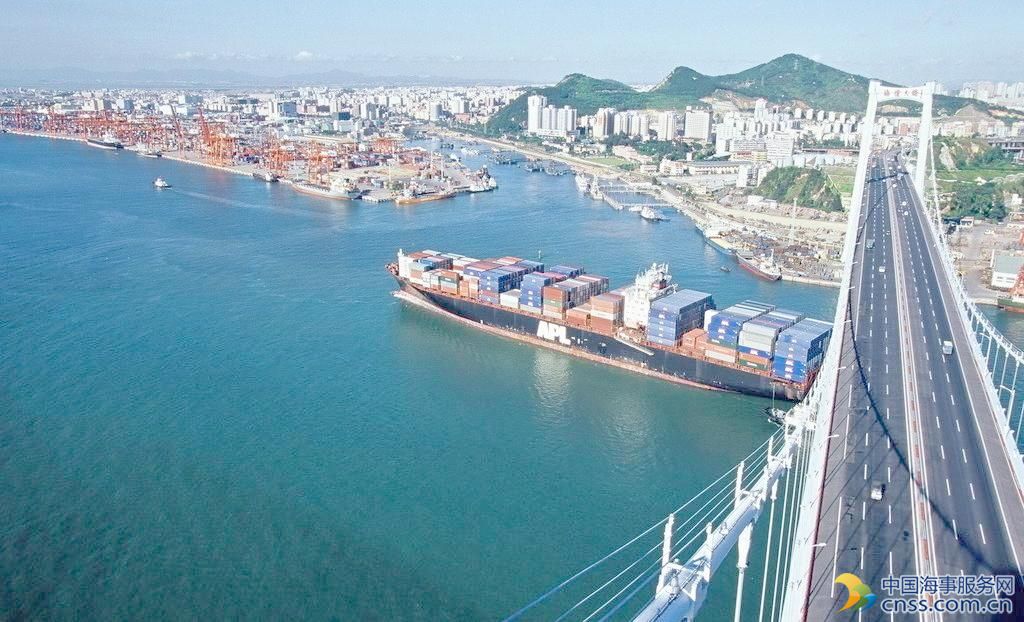China’s robust commodity imports as good as it gets, for now

It’s probably best to look at China’s extremely strong commodity imports in March as a history lesson, rather than a pointer to future trends.
Record high imports of crude oil, the second-most for iron ore and a 34 percent surge in the first quarter for coal from the same period in 2016 all speak of robust demand in the world’s importer of commodities.
However, the chances are that this is as good as it gets, at least for a while.
This isn’t to suggest that commodity imports are due for a sharp pullback in coming months, rather the likelihood is that they will moderate back toward more sustainable growth rates.
Crude oil imports surged 22.6 percent from February to 38.95 million tonnes, equivalent to about 9.17 million barrels per day (bpd). This was well above the previous record of 8.57 million bpd, which was posted only a few months back in December.
It appears that much of the surge in March oil imports was down to buying from independent refiners keen to use newly-acquired quotas for overseas purchases.
But it’s also likely that part of the March surge was due to the arrival of cargoes from more distant origins than the main suppliers in the Middle East, such as Europe’s North Sea and the United States.
This reflects another impact from the agreement by OPEC and other producers such as Russia to cut their output by a combined 1.8 million bpd for the first six months of 2017.
These cuts encouraged Chinese refiners to look to non-traditional suppliers for crude, but cargoes purchased in January would only have arrived last month, given the longer sea voyages.
It’s also worth noting that China’s exports of oil products also jumped in the first quarter of 2017, rising 22.6 percent to 11.96 million tonnes, which is about 1.06 million bpd.
This means some of the strength in crude imports is simply a reflection of higher exports of refined fuels, but this growth trend may moderate in coming months as the Chinese authorities have lowered export quotas.
With refiners also heading into their maintenance season, it also possible that crude imports will moderate in coming months.
DOMESTIC FACTORS INFLUENCE IRON ORE, COAL
Turning to iron ore, and again the strength in March, and indeed the first quarter, seems largely due to a growth trend that may be easing, rather than accelerating.
China imported 95.56 million tonnes of the steel-making ingredient in March, up 14.5 percent from the prior month and 12.2 percent from the same month in 2016, and just below the record 96.27 million from December 2015.
This took first-quarter imports to 270.88 million tonnes, a 12.2 percent gain on the same period last year.
Imports have been rising on optimism surrounding demand for steel as Chinese manufacturing shows signs of improvement.
But it’s also the case that inventories at Chinese ports have reached record levels, peaking at 132.45 million tonnes in the week to March 24, and falling only slightly since than to 131.4 million for the week to April 10.
Steel output gained 5.8 percent in the first two months of the year from the same period in 2016, providing some justification for the strong iron ore imports.
But with steel production expected to moderate in coming months amid ongoing cuts to capacity and efforts to control pollution, it’s likely that iron ore imports will moderate as well.
However, much will depend on how domestic iron ore mines respond to the recent sharp fall in prices, and if they shut some production, it may allow imports to continue to grow.
Spot iron ore prices have declined from a peak this year of $94.85 a tonne on Feb. 21 to $68.04 on Thursday, with that 28.3 percent drop certain to hit domestic miners harder than the low-cost exporters in Australia and Brazil.
Coal continued its surprisingly strong run, with imports of 22.09 million tonnes in March, up 24.9 percent from February and 12.2 percent from a year earlier. For the first quarter, imports are 33.8 percent higher at 64.71 million tonnes.
Strong domestic coal prices are likely behind the appetite for imports, and the outlook for imports will depend on whether the authorities are successful in getting coal miners and power utilities to agree to longer-term supply contracts at lower prices.
Lower exports from Australia in the wake of Cyclone Debbie, which shut down much of the coal rail infrastructure in Queensland state, may also cause a downward blip in imports in April and May.
Source: Reuters (Editing by Christian Schmollinger)
HEADLINES
- Do shipping markets want Biden or Trump for the win?
- All 18 crew safe after fire on Japanese-owned tanker off Singapore
- Singapore launching $44m co-investment initiative for maritime tech start-ups
- Cosco debuts Global Shipping Industry Chain Cooperation Initiative
- US warns of more shipping sanctions
- China continues seaport consolidation as Dalian offer goes unconditional